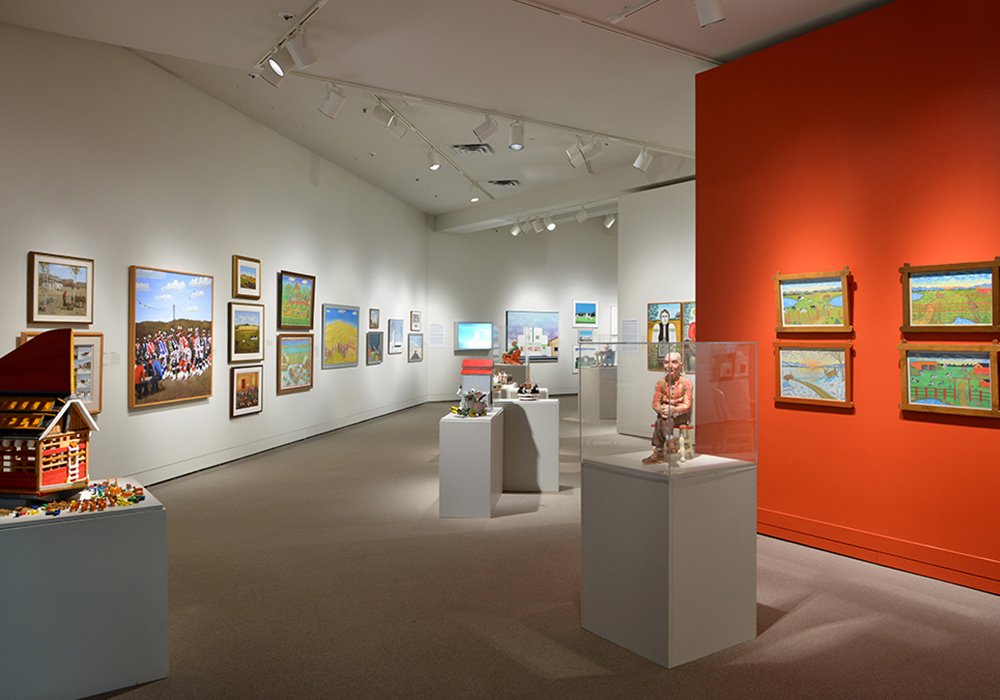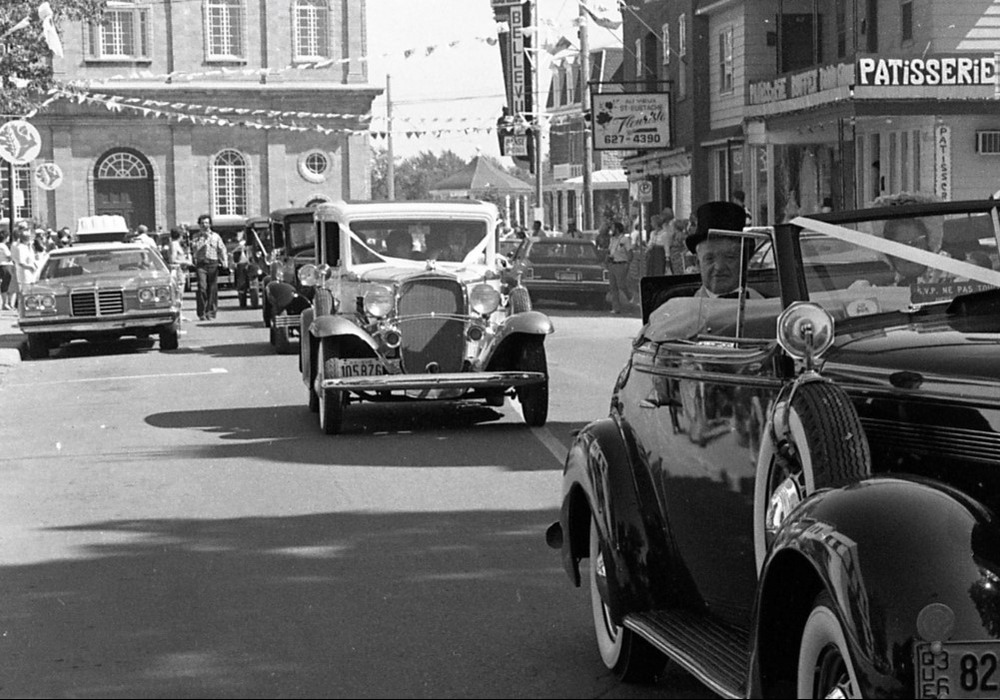The Doukhobor Village Museum in Castlegar, British Columbia faithfully reproduces the Doukhobor community as it lived in the Boundary-Kootenay region between 1908-1939. The museum, located on land originally owned by the Doukhobors, is near the Brilliant Suspension Bridge, a span hand built by the sect in 1913 that has since been declared a National Heritage Site. Close by too is the scenic tomb of the Doukhobors’ charismatic leader, Peter V. Verigin.
Using documents and images found within its archives, the museum has created a virtual exhibit that focuses on the Russian origins of the Doukhobors, whose official name was the Christian Community of Universal Brotherhood, and on the persecution the group suffered there. It follows their migration to Saskatchewan, where they thrived in the villages they established until new government regulations in 1907 forced them to forfeit their land. It traces their subsequent move to British Columbia and details the history of the communes they set up in that province before disbanding in 1939.
A montage of images shows the archival photos, art and the depictions of historic buildings and implements visitors can see at the museum. Video clips of an interview with Mayor Mike O’Connor round out the exhibit.
This virtual exhibit promises visitors an enlightening and educational look at the colourful history of the Doukhobors.


